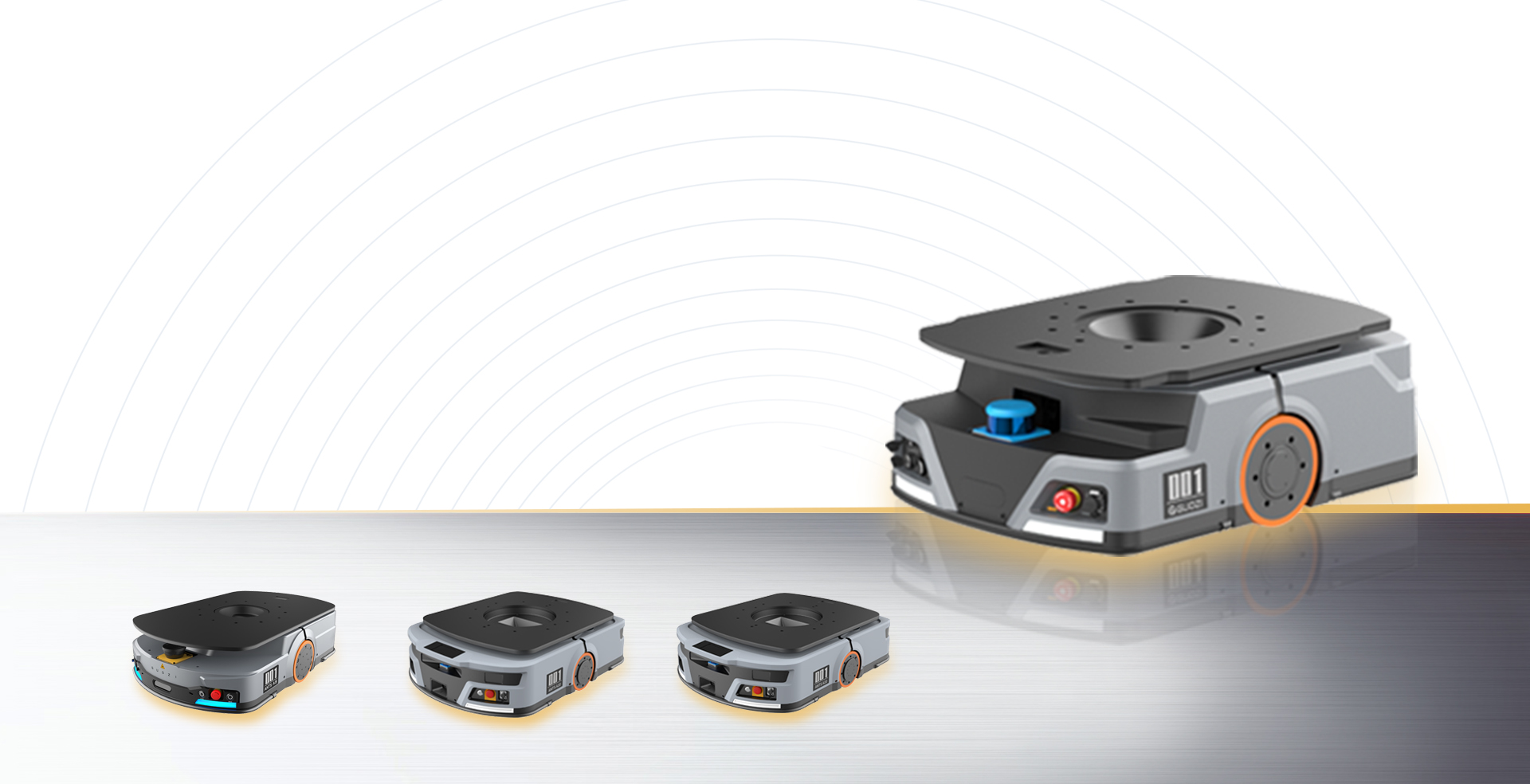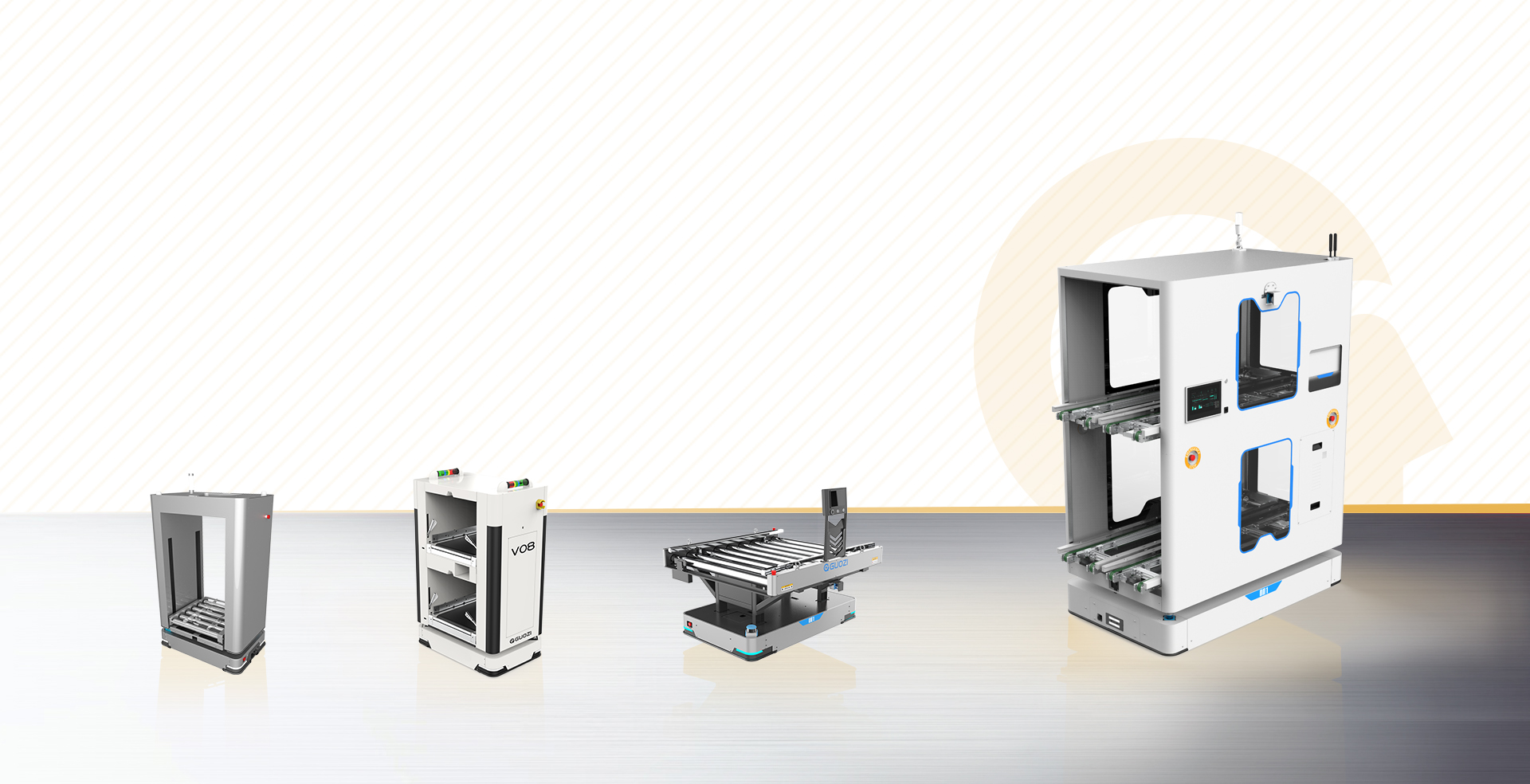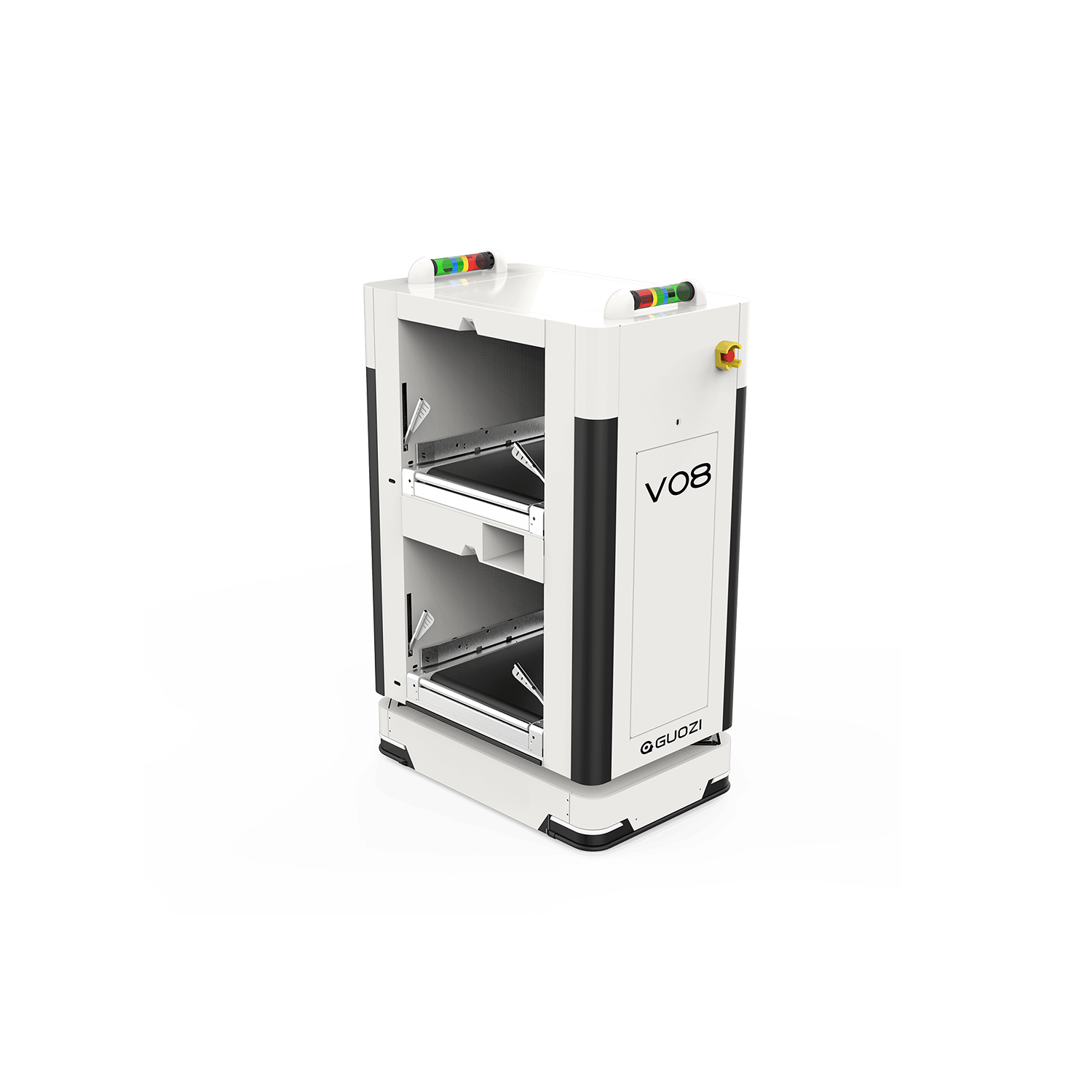With the rapid growth of e-commerce, integrated warehousing has become a significant trend in the logistics industry. This article will explore the concept of integrated warehousing, the application of robotics in warehouse management, and the future direction of integrated warehousing development, providing substantial insights for readers.
Section 1: Overview of Integrated Warehousing
Integrated warehousing refers to the high degree of integration and collaborative operations of various logistics processes through information technology, automated equipment, and advanced management concepts. It aims to improve warehouse operation efficiency, reduce operating costs, and optimize supply chain management, bringing more efficient and convenient services to businesses and consumers.
Robotics plays a crucial role in the application of integrated warehousing. The following sections will detail the application of robotics in warehouse management.
Section 2: Application of Robotics in Warehouse Management
1. Autonomous Mobile Robots (AMRs)
AMRs are capable of autonomous navigation, obstacle avoidance, and recharging, replacing human labor in the transportation of goods. In integrated warehousing, AMRs can automate the entire process of goods handling from receiving to shipping, enhancing warehouse operation efficiency.
2. Intelligent Picking Robots
Intelligent picking robots, equipped with technologies such as visual recognition and deep learning, can accurately identify items and perform picking tasks. In e-commerce warehouses, these robots can automatically select, sort, and package products based on order requirements, significantly reducing manual labor.
3. Autonomous Forklifts
Autonomous forklifts, with features like automatic navigation and goods handling, are suitable for accessing high-shelf inventory. In integrated warehousing, autonomous forklifts can automate the process of storing and retrieving goods, improving warehouse space utilization.
4. Warehouse Management Systems (WMS)
The integration of WMS with robotics enables intelligent management of warehouse operations. Through a WMS, businesses can monitor inventory, handling, and picking processes in real-time, achieving refined inventory management.
Section 3: Future Directions of Integrated Warehousing
1. Automation
As robotics technology matures, integrated warehousing will move towards full automation. In the future, all warehouse operations will be performed by robots, realizing truly unmanned warehouses.
2. Intelligence
With the help of artificial intelligence, big data, and other technologies, integrated warehousing will reach a higher level of intelligence. For example, predictive analytics can be used to anticipate inventory needs and optimize warehouse layouts.
3. Networking
Integrated warehousing will transcend geographical limitations, achieving a networked layout across the country or even globally. Through this network, businesses can have real-time visibility of inventory levels, improving supply chain responsiveness.
4. Sustainability
Integrated warehousing emphasizes sustainability by using energy-efficient equipment and optimizing warehouse layouts to reduce energy consumption and promote sustainable development.
Integrated warehousing, as a significant trend in the logistics industry, will be propelled forward by the application of robotics. Companies should seize the opportunities, increase R&D investments, and drive the deep integration of robotics with warehouse management to elevate the logistics industry to new heights. As integrated warehousing continues to evolve, it will deliver an even more efficient and convenient shopping experience to consumers in the future.








